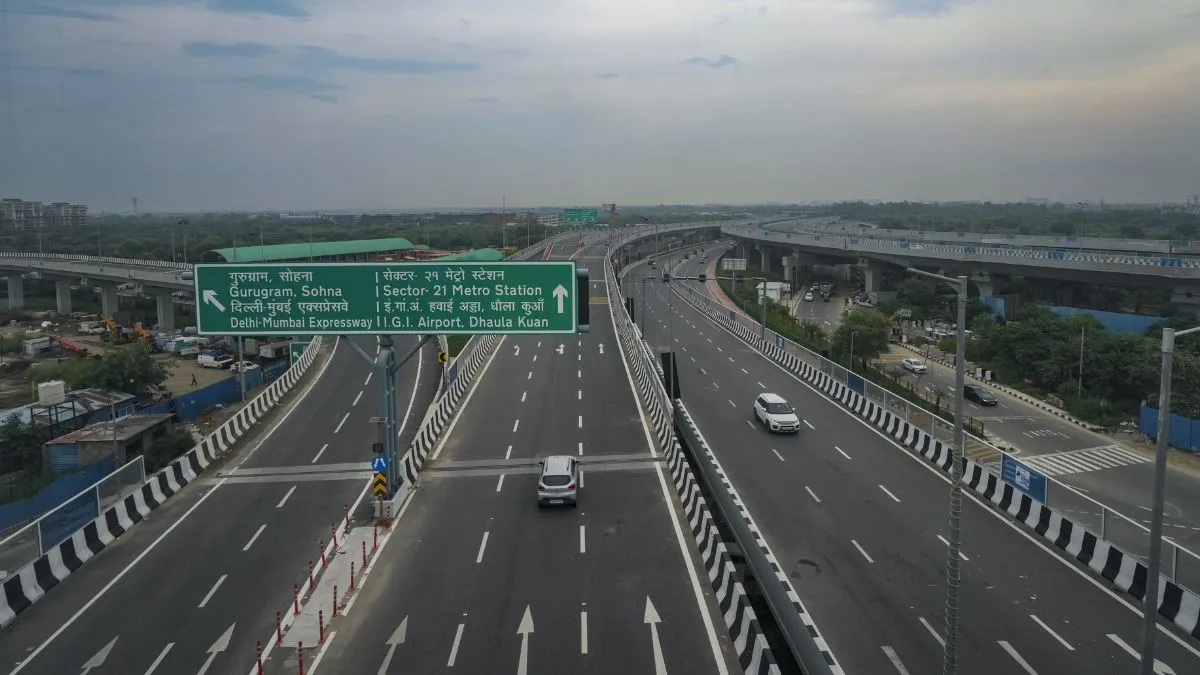- By Shibra Arshad
- Tue, 19 Aug 2025 04:49 PM (IST)
- Source:JND
The Cabinet Committee on Economic Affairs (CCEA), headed by Prime Minister Narendra Modi, on Tuesday approved an Rs 8,307 crore project for Odisha, granting permission for the construction of a 110.875 kilometre-long 6-lane access-controlled Ring Road in the Capital Region.
The infrastructure project is named Bhubaneswar Bypass and is planned to connect several key places.
Bhubaneswar Bypass: A Game Changer To Regional Connectivity And Movement Of Goods
- The Project will be built on Hybrid Annuity Mode(HAM), and will connect several existing highways, including three national and one state highly.
- The Capital Region Ring Road is planned to intersect three national highways, such as NH-55, NH-57, and NH-655 and One State Highway (SH-65).
- The Bhubaneswar Bypass is anticipated to provide seamless connectivity to major economic nodes such as business hubs and industrial areas, adding to economic growth and development.
- It will also connect to Social nodes such as residential areas, community centres, enhancing the access to essential commodities and Logistic nodes such as warehouses, distribution centres, streamlining the movement of goods.
- The project is expected to prove to be a game changer for connectivity and goods movement, as the 110.875 kilometre-long 6-lane highway will also connect to 1 major railway station, 1 Airport, 1 proposed Multi-Modal Logistics Park (MMLP), and 2 major ports.
The Bhubaneswar Bypass Will Ease Traffic Congestion Too
- The existing National Highway connecting Rameshwar to Tangi often struggles with traffic congestion; hence, the proposed project is planned to be built as a 6-lane access-controlled Greenfield Highway to address this issue as well.
- The heavy commercial traffic will shift to the upcoming 6-lane Capital Region Ring Road in Bhubaneswar, away from Cuttack, Bhubaneswar and Khordha City.
- According to the cabinet, "upon completion, the bypass will play a pivotal role in regional economic growth, strengthening connectivity between major religious and economic centres and opening new avenues for trade and industrial development."
